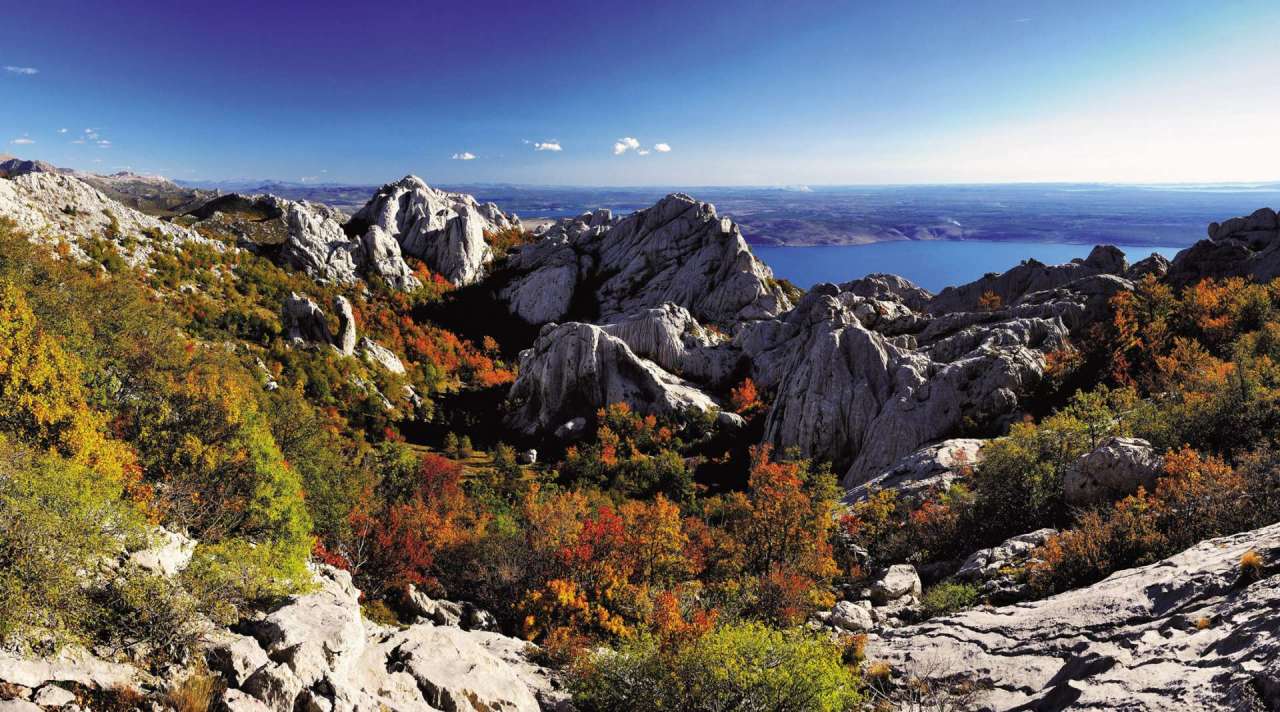National park Paklenica is situated in northern Dalmatia, near the city of Zadar. It was proclaimed a national park back in 1949, only a few months after the Plitvice Lakes proclamation. It represents a karstic phenomenon.
Paklenica is a common name for two canyons: Small and Big Paklenica, covering an area of 96 km2 (37 mile2). Two highest peaks are Vaganski vrh (1757 meters/1921 yards) and Sveto Brdo (1753 meters/1917 yards). It is worth mentioning that Paklenica is only a part of the largest Croatian mountain Velebit. Big Paklenica is separated from Small Paklenice with a 500 meters (547 yards) high plateau. There is a stream flowing through Big Paklenica but there are also springs of the best quality water.
Paklenica is special for its forest and shape. The park includes the biggest rock called Anića Kuk which makes a good challenge for all adventurers and alpinists. Every single well-trained alpinist is welcome at any time of the year. Paklenica represents a great climbing spot with hundreds of rocks suitable for alpinists’ needs. Whoever wants to try it, to feel an adrenaline rush is welcomewell-trained alpinists and rookies, they are all welcome and each one of them will find something suitable for themselves. You may hear something that alpinists call “a climbing season”. It refers to climbing during the spring days and until the late autumn.
A huge mountain massif Velebit hides numerous caves. Dozens of them are in the area of Paklenica. Manita peć with its underground halls, is open for visitors and is considered the most beautiful one.
Even though is looks karstic, there is a variety of species that consider Paklenica their home. When it comes to vegetation, some endemic species are found in Paklenica. Pjeskarica and Prozorski zvončić are just some of them. A variety of animals live there but there are especially many butterflies. Reptiles (a variety of snakes) and mammals: deer, wild boars, bears and wolves, also prevail. No, we haven’t forgotten the birds. Over 200 species of them have been documented. Griffon vulture, facing its extinction, is just one of them..
Area of Starigrad-Paklenica is enhanced with historical and cultural sites. Different objects made of ceramics dating from the Neolithic were found in the caves.


